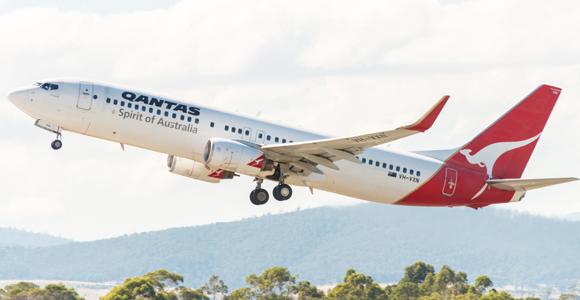Weight of Schoolchildren Tips Nose of Qantas Plane


A new report from safety investigators details how a weight miscalculation affected a Qantas flight carrying primarily schoolchildren.
The Australian Transportation Safety Bureau (ATSB) released a report Wednesday addressing an incident that occurred on May 9 involving a “nose heavy” Qantas flight. The flight struggled during takeoff because schoolchildren onboard were assigned adult weights at check-in.
The elementary school children were seated in the rear of the Boeing 737-800 because they had each been allotted the average adult weight of 192 pounds. As a result, the pilots entered the wrong takeoff settings. This caused an estimated 7,000- to 11,000-pound miscalculation that made the plane’s nose “heavy and difficult to lift off,” according to the report.
The pilot told investigators that he had to “ease the aircraft into the air” and that he was “conscious of the potential of striking the aircraft tail on the runway” throughout the ordeal.
The incident occurred on a flight traveling from Canberra International Airport (CBR) to Perth Airport (PER). It was a scheduled return trip from the nation’s capital for 87 students and nine chaperones, according Bloomberg News. Including the children, there were 150 passengers onboard. The average age of the 87 children was 12, reports News.com.au, and the weight allotted to them was triple the actual amount.
“Use of an incorrect trim setting for the aircraft’s actual weight and balance may adversely affect the aircraft’s controllability during flight,” the ATSB concluded.
Bloomberg Buisnessweek said the incident “underscores why flight attendants occasionally relocate passengers from the front or back of a plane to more evenly distribute weight, as well as why baggage loading can often cause delays.”
Qantas has since issued reminders to check-in staff that “children traveling on group bookings must be recorded as children, to ensure aircraft weight and balance is based on an accurate passenger type,” according to News.com.au.
[Photo: iStock]






















